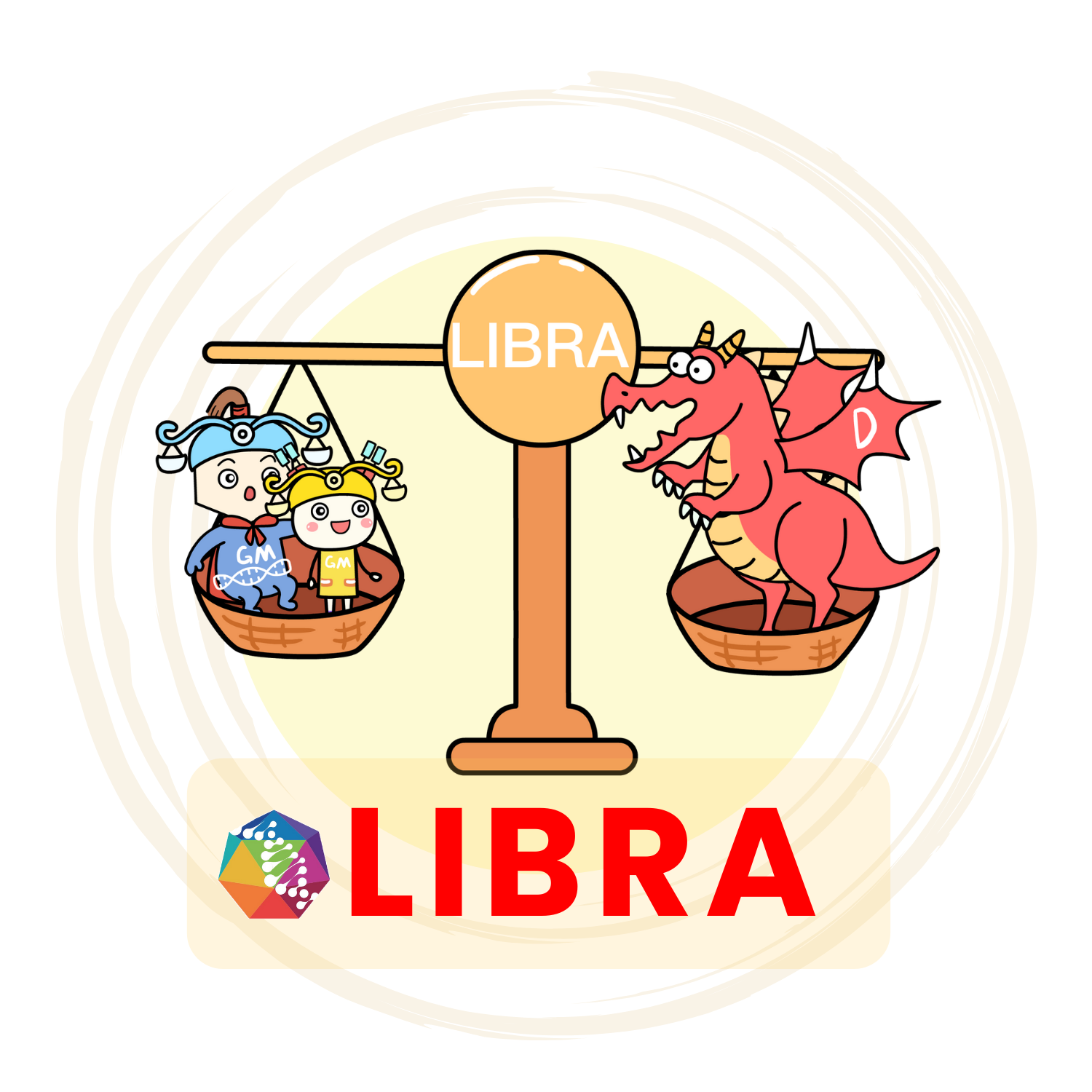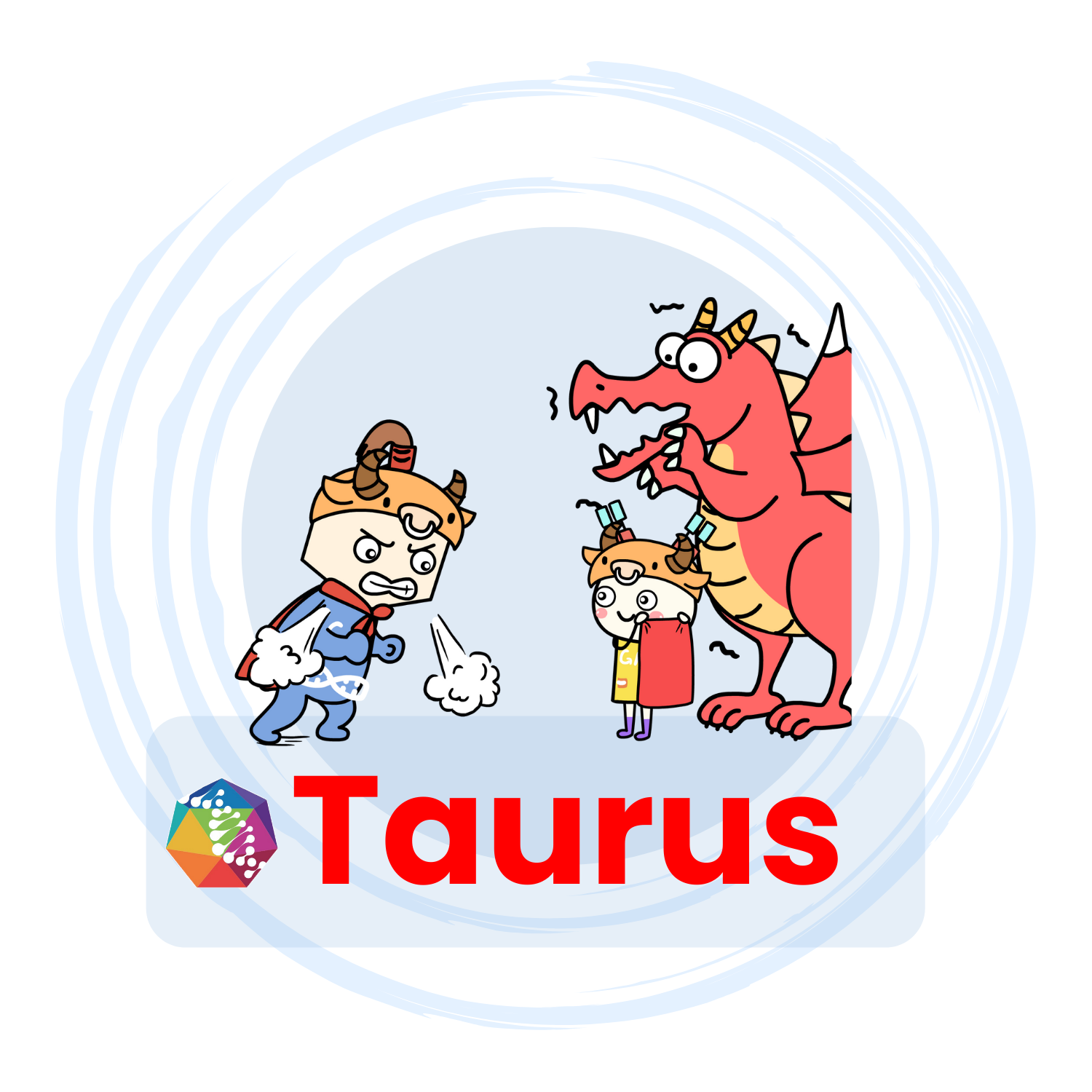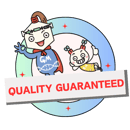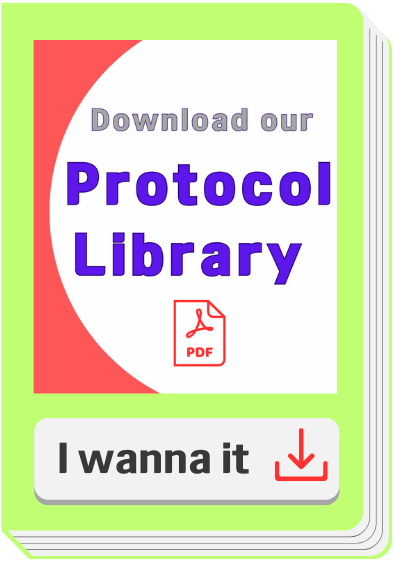Anti-CCN5/ CT58/ CTGF-L functional antibody
Anti-CCN5/ CT58/ CTGF-L functional antibody for cell culture, ELISA & in-vivo assay
 Go to CCN5/CCN5 products collection >>
Go to CCN5/CCN5 products collection >>
(antibodies, antigen, VLP, mRNA, ORF viral vector, etc)
Product information
| Catalog No. | Product Name | Species Reactivity |
|---|---|---|
| GM-Tg-hg-SE0753-Ab-1/ GM-Tg-hg-SE0753-Ab-2 | Anti-Human CCN5 monoclonal antibody | Human |
| GM-Tg-rg-SE0753-Ab-1/ GM-Tg-rg-SE0753-Ab-2 | Anti-Rat CCN5 monoclonal antibody | Rat |
| GM-Tg-mg-SE0753-Ab-1/ GM-Tg-mg-SE0753-Ab-2 | Anti-Mouse CCN5 monoclonal antibody | Mouse |
| GM-Tg-cynog-SE0753-Ab-1/ GM-Tg-cynog-SE0753-Ab-2 | Anti-Cynomolgus/ Rhesus macaque CCN5 monoclonal antibody | Cynomolgus/ Rhesus macaque |
| GM-Tg-felg-SE0753-Ab-1/ GM-Tg-felg-SE0753-Ab-2 | Anti-Feline CCN5 monoclonal antibody | Feline |
| GM-Tg-cang-SE0753-Ab-1/ GM-Tg-cang-SE0753-Ab-2 | Anti-Canine CCN5 monoclonal antibody | Canine |
| GM-Tg-bovg-SE0753-Ab-1/ GM-Tg-bovg-SE0753-Ab-2 | Anti-Bovine CCN5 monoclonal antibody | Bovine |
| GM-Tg-equg-SE0753-Ab-1/ GM-Tg-equg-SE0753-Ab-2 | Anti-Equine CCN5 monoclonal antibody | Equine |
Size: 1mg | 10mg | 100mg
Product Description
| Catalog No. | GM-Tg-hg-SE0753-Ab-1/ GM-Tg-hg-SE0753-Ab-2; GM-Tg-rg-SE0753-Ab-1/ GM-Tg-rg-SE0753-Ab-2; GM-Tg-mg-SE0753-Ab-1/ GM-Tg-mg-SE0753-Ab-2; GM-Tg-cynog-SE0753-Ab-1/ GM-Tg-cynog-SE0753-Ab-2; GM-Tg-felg-SE0753-Ab-1/ GM-Tg-felg-SE0753-Ab-2; GM-Tg-cang-SE0753-Ab-1/ GM-Tg-cang-SE0753-Ab-2; GM-Tg-bovg-SE0753-Ab-1/ GM-Tg-bovg-SE0753-Ab-2; GM-Tg-equg-SE0753-Ab-1/ GM-Tg-equg-SE0753-Ab-2 |
| Products Name | Anti-CCN5 monoclonal antibody |
| Format | mab |
| Target Name | CCN5 |
| Protein Sub-location | Secreted Protein/Potential Cytokines |
| Category of antibody | FACS/Biofunctional Antibody |
| Derivation (species) | Mouse |
| CH1+2+3 Isotype (Receptor identification) | IgG |
| Type of Light Chain (VD-LC) | N/A |
| Expression platform | Mammalian Expression |
| Bioactivity validation | Binding affinity is validated by ELISA with recombinant soluble protein antigen. The biofunction of antibodies are validated with in-vitro assay (IC50 or EC50 TBD). |
| Tag | Fc |
| Products description | Pre-made anti-CCN5 benchmark inhibitory monoclonal antibody(mab) (blocking antibody inhibitor) is expressed by mammalian cell line as a benchmark antibody for cell culture, ELISA or other affinity binding assay or functional assay development, animal model development, PK/PD model development (Pharmacokinetics & Pharmacodynamic) |
| Purity | Purity: ≥95% (SDS-PAGE) |
| Application | Biological drug disovery including cell culture, assay development, animal model development, PK/PD model development (Pharmacokinetics & Pharmacodynamic) and mechanism of action (MOA) research. |
| Formulation & Reconstitution | Lyophilized from GM's Protein Stability Buffer2 (PSB2,Confidential Ingredients) or PBS (pH7.4); For PSB2, reconstituted with 0.9% sodium chloride; For PBS, reconstituted with ddH2O. |
| Storage | Store at -20℃ to -80℃ under sterile conditions. Avoid repeated freeze-thaw cycles. |
Reference
Data / case study
Click to get more Data / Case study about the product.
Associated products
| Category | Cat No. | Products Name |
| Target Antigen | GM-Tg-g-SE0753-Ag-1 | Recombinant multi-species CCN5/ CT58/ CTGF-L protein |
| ORF Viral Vector | pGMLV000733 | house mouse Ccn5 Lentivirus plasmid |
| ORF Viral Vector | vGMLV000733 | house mouse Ccn5 Lentivirus particle |
Target information
| Target ID | GM-SE0753 |
| Target Name | CCN5 |
| Gene ID | 8839,22403,29576,717872,610928,101091930,534658,100070779 |
| Gene Symbol and Synonyms | CCN5,Crgr4,CT58,CTGF-L,Ctgfl,Rcop1,WISP2 |
| Uniprot Accession | O76076,Q9JHC6 |
| Uniprot Entry Name | CCN5_HUMAN,CCN5_RAT |
| Protein Sub-location | Secreted Protein/Potential Cytokines |
| Category | |
| Disease | N/A |
| Gene Ensembl | ENSG00000064205 |
| Target Classification | N/A |
The target: CCN5, gene name: CCN5, also named as CT58, CTGF-L, WISP2. This gene encodes a member of the WNT1 inducible signaling pathway (WISP) protein subfamily, which belongs to the connective tissue growth factor (CTGF) family. WNT1 is a member of a family of cysteine-rich, glycosylated signaling proteins that mediate diverse developmental processes. The CTGF family members are characterized by four conserved cysteine-rich domains: insulin-like growth factor-binding domain, von Willebrand factor type C module, thrombospondin domain and C-terminal cystine knot-like (CT) domain. The encoded protein lacks the CT domain which is implicated in dimerization and heparin binding. It is 72% identical to the mouse protein at the amino acid level. This gene may be downstream in the WNT1 signaling pathway that is relevant to malignant transformation. Its expression in colon tumors is reduced while the other two WISP members are overexpressed in colon tumors. It is expressed at high levels in bone tissue, and may play an important role in modulating bone turnover. [provided by RefSeq, Jul 2008].
About Gmab


GMab, developed by GeneMedi, constitutes an advanced library of recombinant monoclonal antibodies, each meticulously designed to target specific molecular entities. Leveraging the sophisticated capabilities of GM’s Taurus™ and LIBRA™ platforms, GMab synthesizes antibodies characterized by high binding affinity, exceptional physicochemical stability, and optimal developability profiles.
Through expression in mammalian cell lines, GMab has been established as a paradigmatic reference antibody. It holds significance in myriad domains of biological drug discovery, encompassing cellular cultivation, innovative assay methodologies, strategic animal model systematization, in-depth pharmacokinetic & pharmacodynamic (PK/PD) modeling, and intricate mechanism of action (MOA) investigations.






